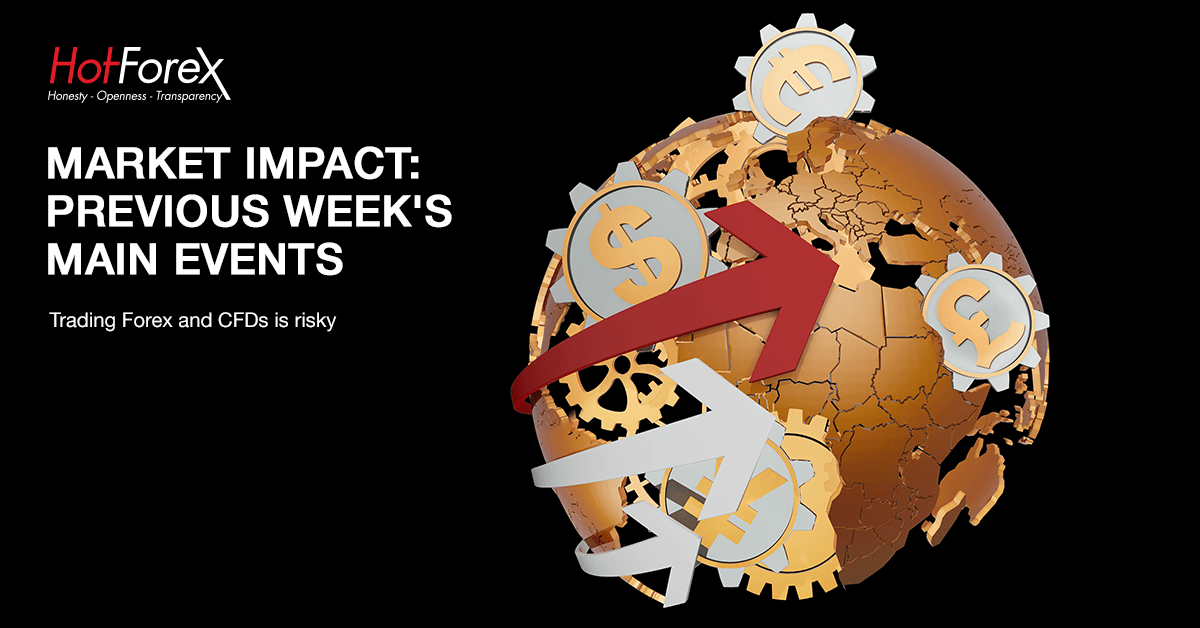Monday
German IFO Business Climate (EUR, GMT 08:00) – The German business sentiment index released by the CESifo Group is closely watched as an early indicator of current conditions and business expectations in Germany. August numbers are expected to show an improvement in business climate.
UK National Bank Holiday – London closed.
Outcome: Higher than expected German IFO at 103.8 vs expectations of 101.9 pushed the EURUSD rate to rise from 1.1599 to 1.1688 by the end of the European (London) trading session. Similarly, the GER30 rose from 12444.6 to 12543.8 by the end of the European session.
Tuesday
S&P/Case-Shiller Home Price Indices (USD, GMT 13:00) – The index examines changes in the value of the residential real estate market in 20 regions across the US. This report serves as an indicator for the health of the US housing market. A positive growth rate is considered a bullish sign, with current consensus expectations indicating a 6.5% growth.
Outcome: The house growth index increased by 6.3% compared to expectations of 6.5%, forcing a 15-pip positive jump to the EURUSD, later correcting and allowing the USD to strengthen.
Wednesday
US preliminary Q2 GDP results (USD, GMT 12:30) – Event of the week. The Gross Domestic Product figure is probably the most important economic data announcement for a country, closely followed by the unemployment rate. Usually, high growth or a better than expected number is seen as positive for the USD, while a low reading is negative. GDP growth is expected to remain at the same levels as the previous quarter.
Retail trade for July (JPY, GMT 23:50) – The index captures the aggregate sales made for household or personal consumption. Consumer spending is a key indicator for the Japanese economy, but consensus expectations is that July trade will decrease by 0.3%.
Outcome: US GDP grew at 4.2%, higher than the expected 4.0% consensus forecast. Despite the positive news about the US economy, no major change was recorded in the USD. Retail trade in Japan grew by 1.5%, compared to the consensus forecast of 1.2%, making the Yen gain 128 pips against the Euro (also aided by lower than expected German CPI), 93 pips against the Sterling, and 42 pips against the USD by the end of the European trading section.
Thursday
German CPI (EUR, GMT 12:00) – The price level in Germany is expected to be at the 2% level set by ECB. Higher CPI usually suggests currency depreciation. German CPI could be a leading indication of how Euro Area CPI will move on Friday.
US Personal Consumption Expenditures Prices (USD, GMT 12:30) – The Fed’s preferred inflation measure, a high reading is expected to be bullish for the USD. Expected PCE inflation to stand at 2.2% similar to the previous month.
Canadian preliminary Q2 GDP results (CAD, GMT 12:30) – Gross Domestic Product for Canada is released on a monthly basis and is expected to grow by 0.2% over last month. Usually, higher than expected GDP numbers are positive for the currency.
Outcome: The German CPI rose by 1.9% instead of the forecasted 2.1%, as ECB proved to be correct about a more gradual approach to interest rate setting. In combination with stable PCE inflation in the US, hitting the 2% target for the third time this year, pushed the Euro to dive by 18pips at the announcement, with respect to the USD. Negative news for Canada, as GDP monthly GDP remained constant and Q2 GDP increased by 2.9% compared to expectations of 3.0% which, along with good news for the Dollar, made the USDCAD pair rise by 51 pips.
Friday
European Unemployment Rate (EUR, GMT 09:00) – Unemployment numbers are probably nearly as important as the GDP growth figure. European unemployment rate is expected to decline to 8.2%, compared to 8.3% in the previous month, in line with the positive developments in the region.
European CPI Flash (EUR, GMT 09:00) – European CPI for August is expected to remain stable, at 2.1%, with core CPI expected to remain at about 1.1%. A positive surprise could be bad for the currency.
Outcome: Unemployment came out at 8.2%, meeting consensus expectations, hence no material impact was recorded for the Euro. Expected inflation rate came out at 2%, instead of the forecasted 2.1%, which caused only a very small increase (2 pips) in the Euro exchange rate.
Recommended Content
Editors’ Picks

EUR/USD recovers toward 1.0500 after mixed US PMI data
EUR/USD rebounds toward 1.0500 in the American session on Friday after the data from the US showed that the business activity in the private sector expanded at a softer pace than anticipated in early February. The pair remains on track to end the week with little changed.

GBP/USD rises above 1.2650, looks to post weekly gains
GBP/USD regains its traction and trades above 1.2650 in the second half of the day on Friday. The data from the US showed that the S&P Global Services PMI dropped into the contraction territory below 50 in February, causing the US Dollar to lose strength and helping the pair edge higher.

Gold holds above $2,930 as US yields edge lower
Gold holds above $2,930 after correcting from the record-high it set above $2,950 on Thursday. Following the mixed PMI data from the US, the benchmark 10-year US Treasury bond yield stays in negative territory below 4.5% and allows XAU/USD to hold its ground.

Crypto exchange Bybit hacked for $1.4 billion worth of ETH
Following a security breach first spotted by crypto investigator ZachXBT, crypto exchange Bybit announced that it suffered a hack where an attacker compromised one of its ETH wallets.

Money market outlook 2025: Trends and dynamics in the Eurozone, US, and UK
We delve into the world of money market funds. Distinct dynamics are at play in the US, eurozone, and UK. In the US, repo rates are more attractive, and bills are expected to appreciate. It's also worth noting that the Fed might cut rates more than anticipated, similar to the UK. In the eurozone, unsecured rates remain elevated.

The Best brokers to trade EUR/USD
SPONSORED Discover the top brokers for trading EUR/USD in 2025. Our list features brokers with competitive spreads, fast execution, and powerful platforms. Whether you're a beginner or an expert, find the right partner to navigate the dynamic Forex market.
